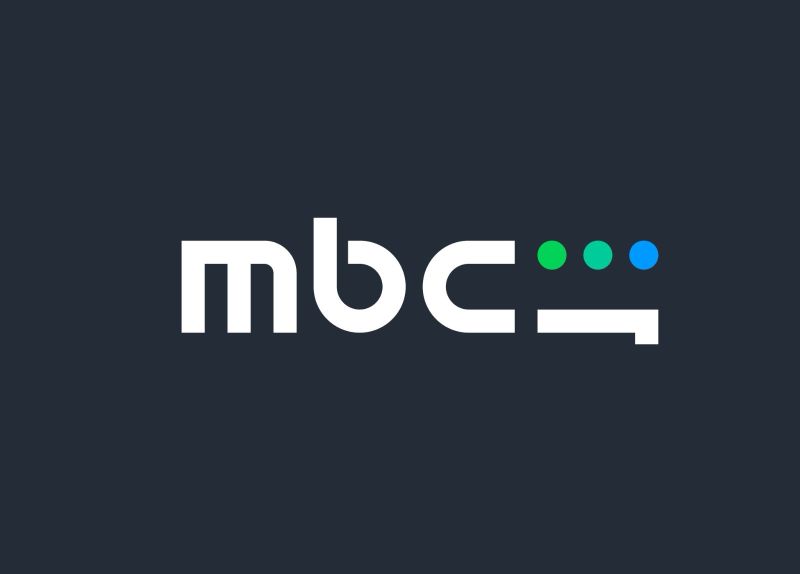The year 2023 witnessed dynamic shifts that have redefined the strategies behind successful brands. As we reflect on the branding trends, a few key themes stand out. We picked the fastest emerging ones to explore how these strategies have shaped successful brands and discuss their implications for the future.
The Illusion of Brand vs. Demand Generation Marketing
In today’s rapidly changing economy, marketers often feel pulled in opposite directions: do they prioritize building a strong brand or chase immediate sales? This "demand vs. brand" debate is a false choice.
Contrary to popular belief, brand building isn't just a long-term game but also boosts short-term results. It's not an abstract concept but a measurable entity that significantly impacts business outcomes. A strong brand doesn't just guide business decisions; it drives market expansion, customer loyalty, and operational efficiency. Therefore, striking the right balance between brand building and demand generation isn't just desirable; it's essential for sustainable growth.
Demand generation can increase sales quickly, capture more of the market, and help reach short-term goals. However, a strong brand can make these effects even bigger. For example, consider Nutella. This brand hardly ever lowers its prices. But when they did one time, it sold very fast. There were even chaotic scenes in grocery stores. Because Nutella is a strong brand, and people are happy to pay more for it, offering it at a lower price created a huge demand. This shows the impact a strong brand can have when used in demand generation.
Uniting Marketing and People for Transformative Success
Despite rapid technological advancements, people remain key to successful transformation. This includes both external audiences such as customers and internal ones like employees and future talent. Rather than treating these groups as distinct audiences requiring different brands, we need to align all experiences under the same brand. This creates a symbiotic relationship between brand and culture, paving the way for innovation, growth, and extraordinary transformation. It's crucial for organizations to bring all audiences along on their transformation journey.
In November 2023, Crown Prince Sheikh Hamdan bin Mohammed bin Rashid Al Maktoum approved the revamped brand identity for ‘Dubai Health’, Dubai’s first academic health system. Aligned with Dubai’s vision for healthcare excellence, the new brand focuses on patient care, learning, discovery, and giving, reflecting a commitment to global standards. By integrating innovation and a patient-centric mindset, Dubai Health is poised to significantly contribute to Dubai's vision of a world-class healthcare system that advances health for humanity, demonstrating the power of synergy between marketing and human resource functions in reshaping brand identities with purpose.
Dubai Health’s primary value is ‘Patient First’ aiming to deliver high-quality care, ensure patient safety, and promote a positive patient experience. To engage the diverse workforce of about 11,500 employees, we developed the "Together We Advance Care" platform. Through intensive research, surveys, interviews, and a three-day off-site workshop, we were able to reach and involve more than 50% of the staff in shaping the new brand. This inclusive approach fostered a sense of belonging and alignment with Dubai Health's mission, contributing to its successful establishment as the emirate’s first integrated academic health system.
Embracing Vulnerability and Bravery
In an era marked by existential challenges and high stakes, brands are often bubble-wrapped in a bid to avoid criticism or failure. However, embracing vulnerability, defined as exposing oneself to potential failure or criticism, is becoming increasingly essential for brands to foster trust, creativity, and character. The trend for 2024? Letting go of the 'safe word' and embracing risk.
Think of Calvin Klein and Barbie as examples – their audacious brand strategies have catapulted them back into the heart of cultural conversation. These brands recognized that in an era where algorithms can easily churn out 'mid', they needed to step outside the norm to be remarkable. They embraced difference over relevance, sought irrational responses, catered to every sense, and leaned into their imperfections and vulnerabilities. In essence, they traded brand safety for brand bravery, proving that to truly capture attention, brands must dare to defy the algorithm and embrace the beautiful messiness of the world.
Take NEOM's approach, for instance, that has shown a willingness to challenge orthodoxy in various sectors, from education to agriculture. This leap of faith might seem scary, but it resonates more deeply with audiences and builds lasting trust. By openly acknowledging their shortcomings and demonstrating genuine efforts to address them, brands can emulate this approach and create a stronger connection with their audience. After all, it's better to find a solution first than to wait forever for someone else to show you how.
As we look ahead, these observations will help create impactful brands that resonate with audiences and stand out in an increasingly competitive landscape. The future of branding is exciting, and these trends provide a roadmap for navigating it successfully.






